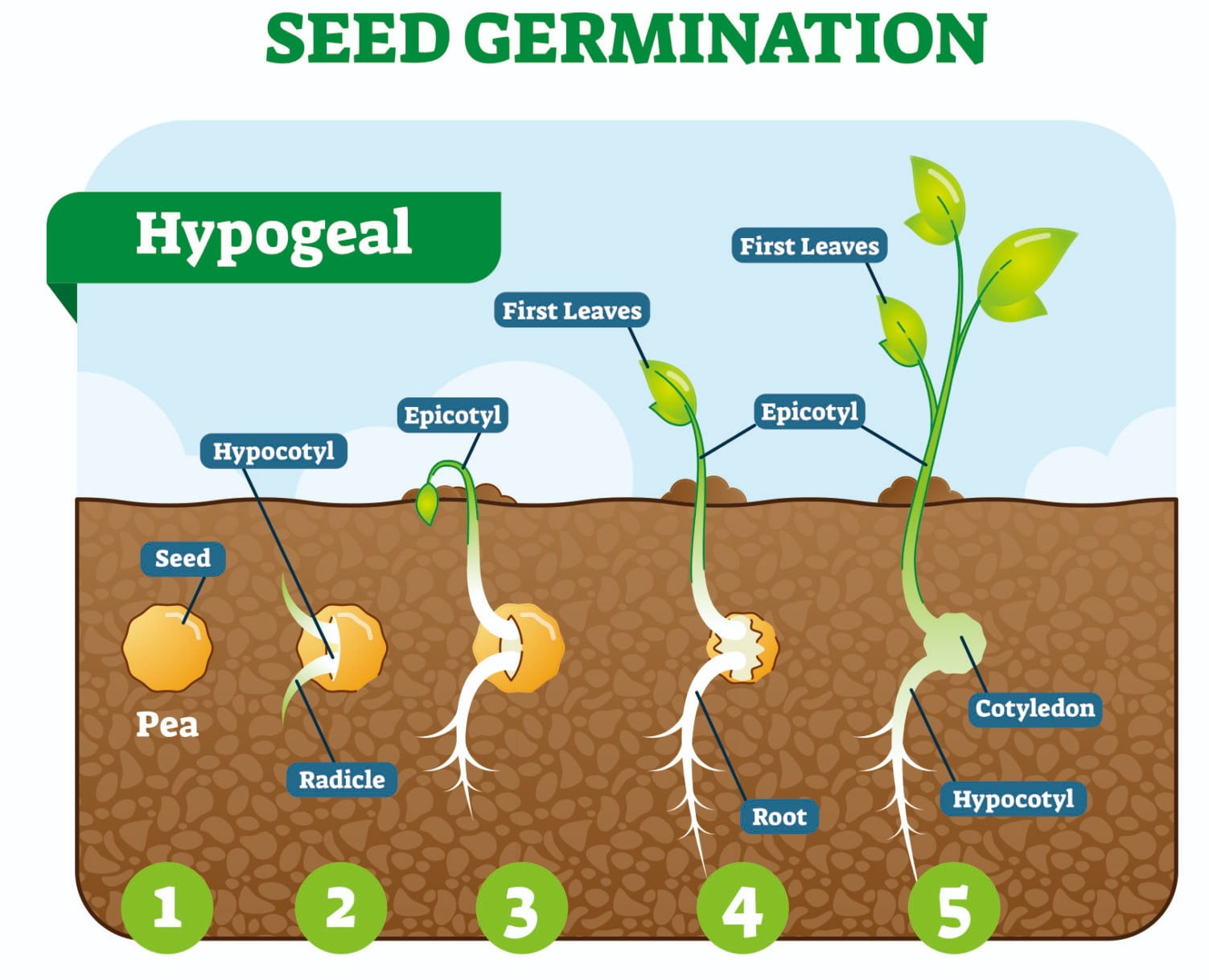Milkweed is more than just a beautiful wildflower; it’s a vital host plant for Monarch butterflies and a nectar source for various pollinators. Whether you’re an experienced gardener or a complete beginner, Johnny Butterflyseed’s easy-to-follow guide will help you successfully plant milkweed seeds and contribute to a thriving ecosystem. Here’s how to do it:
1. Choose the Right Milkweed Variety
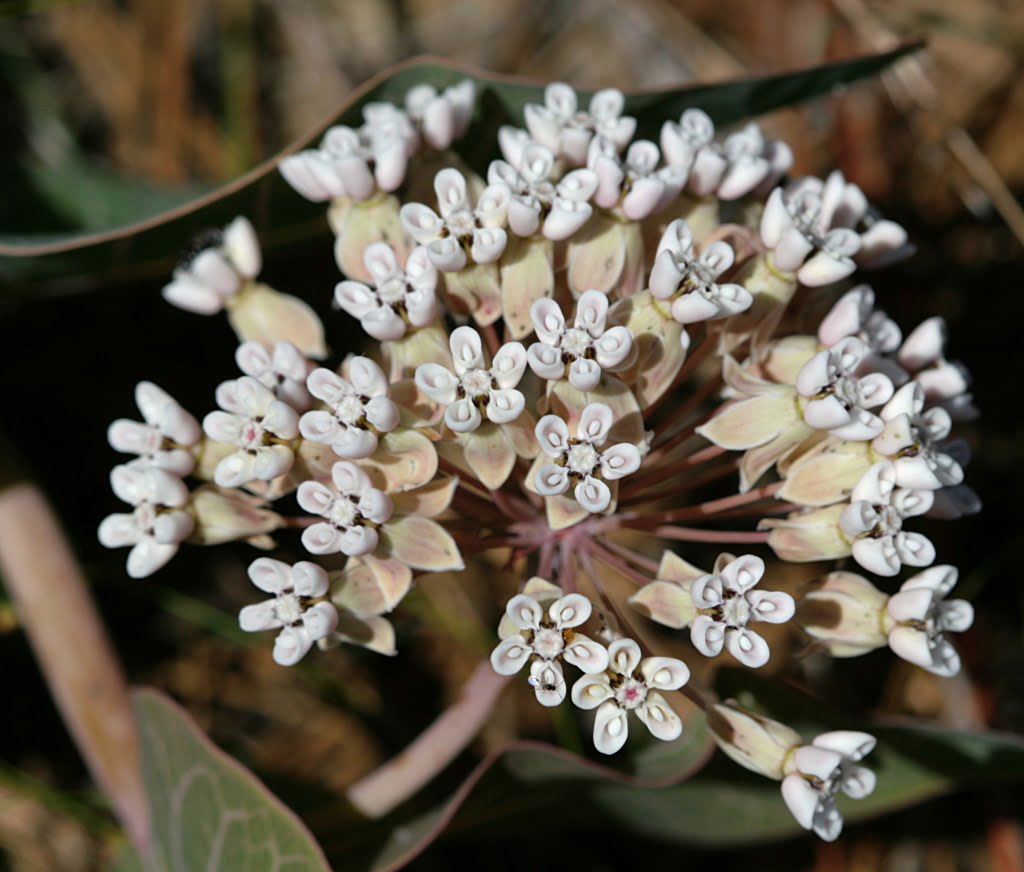
20 Florida-Native Sandhill Milkweed Seeds Ascslepias Humistrata Pinewood Milkweed
With Johnny Butterflyseed’s Sandhill Milkweed seeds, you’re not just planting flowers; you’re cultivating a living mosaic of nature’s marvels. Florida Native.
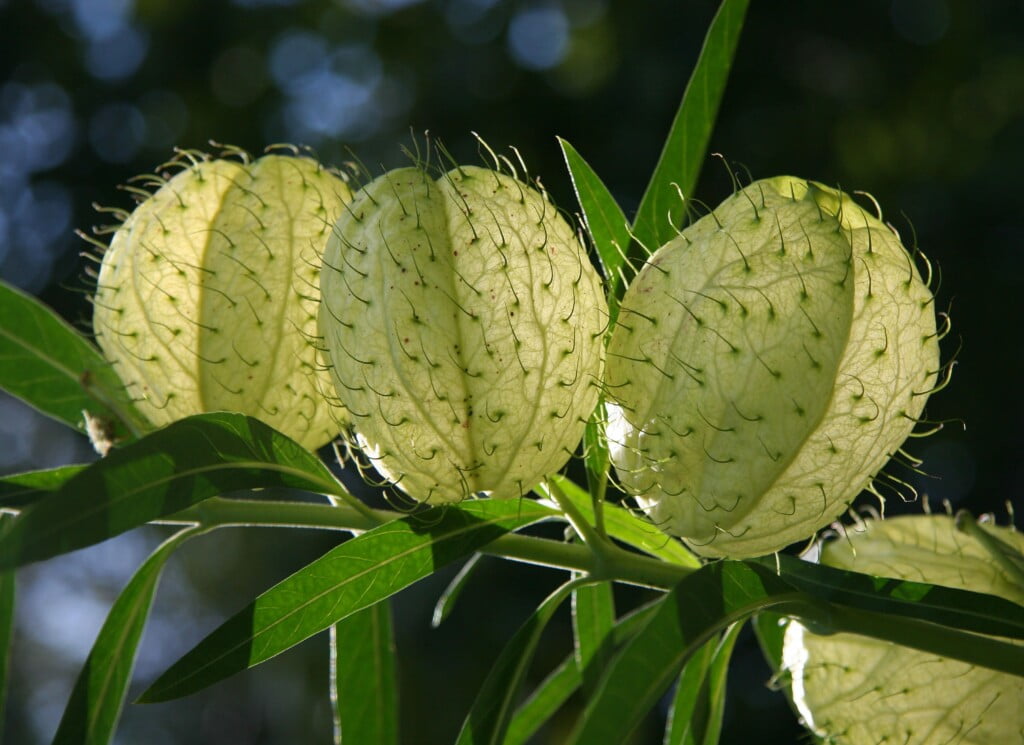
20 Hairy Balls Milkweed Seeds (Asclepias physocarpa) for U.S. & Mexico
Thriving as a perennial in Zones 8–11, Hairy Balls Milkweed (Asclepias physocarpa) reach an impressive height of 32–72″. Also recognized as swan plant, swan milkweed, and, of course, balloon plant, this is a must-have addition to your butterfly garden. More than 20 seeds. Southern US & Northern Mexico.
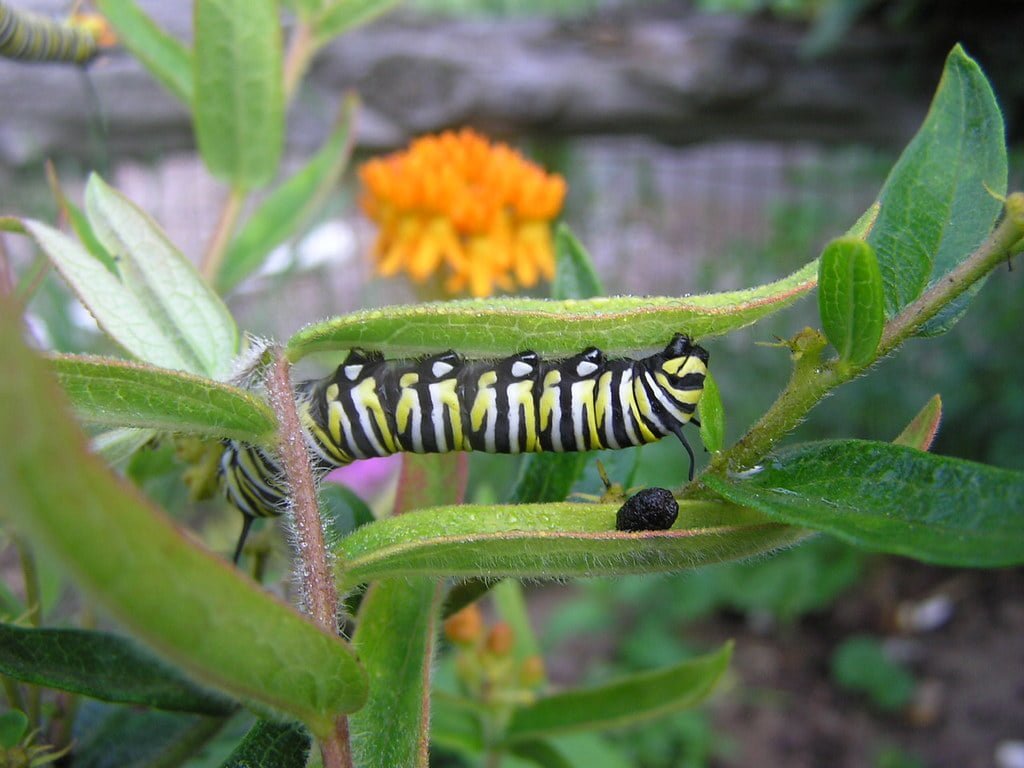
125 Butterfly Milkweed Seeds (Asclepias Tuberosa) for North America
More than 600mg of Butterfly Milkweed Seeds (Asclepias tuberosa). Origin Kentucky.

125 Butterfly Milkweed Seeds (Asclepias Tuberosa) for North America
More than 600mg of Butterfly Milkweed Seeds (Asclepias tuberosa). Origin Kentucky.
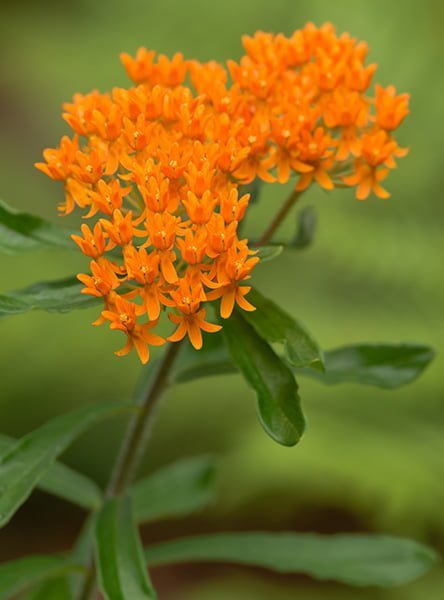
250 Butterfly Milkweed Seeds (Ascslepias Tuberosa) for North America
More than one full gram of Butterfly Milkweed Seeds (Asclepias tuberosa). Attracts Monarchs. Origin Kentucky. USDA Zones 3-8.
2. Select the Perfect Spot
Milkweed thrives in full sun, so choose a spot that receives at least 6 hours of sunlight daily. Make sure the area has well-drained soil.
3. Prepare the Soil
- Clear the Area: Remove weeds, grass, and debris.
- Loosen the Soil: Use a rake or hoe to break up compacted soil, aiming for a depth of about 1-2 inches.
4. Plant the Seeds
- Sprinkle the Seeds: Scatter the milkweed seeds evenly over the prepared area.
- Cover Lightly: Gently press the seeds into the soil or cover with a thin layer of soil, no more than 1/4 inch deep.
- Water Gently: Give the area a gentle watering, being careful not to wash the seeds away.
5. Care for Your Milkweed
- Watering: Keep the soil moist but not soggy until the seedlings are established.
- Weeding: Keep the area free of competing weeds, especially while the milkweed is young.
6. Enjoy the Growth
Watch as your milkweed grows and blooms, attracting butterflies and other pollinators. Milkweed is a perennial, so it will return year after year.
7. Consider Planting in Stages
To ensure a continuous supply of milkweed, consider planting in stages, a few weeks apart, for staggered growth. Consider overseeding by casting Milkweed seeds regularly in the same area to help establish a permanent population.
Tips for Success:
- No Need for Fertilizer: Milkweed generally doesn’t require fertilization.
- Avoid Pesticides: Pesticides can harm the very pollinators you’re trying to attract.
- Be Patient: Milkweed may take a little time to germinate (two weeks) and grow (two months), but the wait is worth it!
Conclusion
Planting milkweed is a rewarding and environmentally friendly gardening project that anyone can undertake. By following these simple steps, you’ll be well on your way to creating a haven for Monarch butterflies and other beneficial insects. Plant more milkweed, and enjoy the beauty and biodiversity it brings to your garden and community! 🌱🦋
Note: Always consult local gardening experts or resources to ensure the selected milkweed variety is suitable for your specific region.
